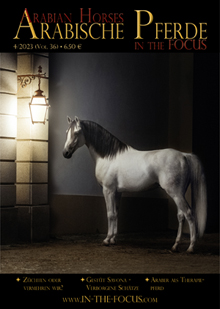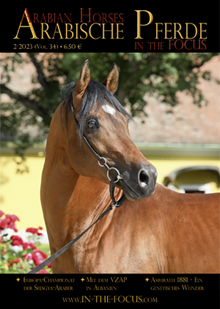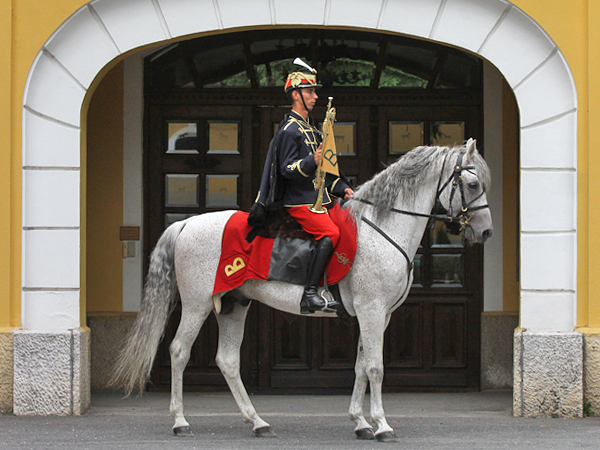 At the moment, we are bombarded with “Jubilees”: “200 Years of Weil-Marbach breeding”, “200 Years of Janow Podlaski”, “200 Years of Shagya-Arabian breeding”. What was going on, 200 years ago, that “almost everything” started around that time?
At the moment, we are bombarded with “Jubilees”: “200 Years of Weil-Marbach breeding”, “200 Years of Janow Podlaski”, “200 Years of Shagya-Arabian breeding”. What was going on, 200 years ago, that “almost everything” started around that time?
Quite simply, Napoleon had overrun Europe with his wars and had robbed it not only of his men, who had fallen as soldiers, but also of his horses, who had not survived the exertion of the war. In most of the European countries, it was therefore urgently necessary to get new impulses, to revive horse breeding – in quality and quantity. In the Northwest of Europe, this impetus often came with the English Thoroughbred, while in Southeastern Europe – not least due to the proximity to the Ottoman Empire – the Arabian horse was given preference. That’s why most of the state studs, which breed Arabian horses, are mainly in Eastern Europe.
Today, these breeds look back at a 200-year-old history. A history, that is usually carefully documented, for which generations of equerries have worked for and invested their knowledge. A history, full of ups and downs, full of tragedy, when yet another war swept the country and decimated the breeding stock, if not destroyed it entirely. I think, we should be proud of this 200-year-old history in horse breeding, and of the “stories” attached to it. We should be proud
of those men, who often risked their lives, to buy horses in the Orient and led them here – yes, led them, that is bringing them on foot!
In the widest sense of the word, culture means everything that man himself creates. In this sense, the Arabian horse is a product of human culture, because humans have repeatedly and selectively affected the horse. First the Bedouins, then we Europeans – demonstrated by the fact that we don’t ride a horse of only 140-146 cm height, like the Bedouins did. The proverbial endurance of the Arabian horse was a must during the migration of the Bedouins in the desert, also his swiftness, to be sure to get back to the tribe after a raid. This also benefited the soldiers in Europe, as it were especially the Arabian horses that withstood the exertion of the war. Their beauty, how-ever, had played a very subordinate role to the Bedouins, “beauty” became the trade mark of the breed only in more recent years.
All breeding lines have their own history and their own special characteristics – and it is only legitimate, that each breeder chooses the one that he finds most suitable. Unfortunately, however, the lines which – historically speaking – have helped shaping the history of our country for the last 200 years, seem to be getting behind, as they are lacking the respective lobby. That’s why we try for some time, to break a lance here for those breeders who have devoted themselves to these old lines. They are, after all, preserving a piece of cultural heritage, a piece of history – and we all can be proud of that!
Gudrun Waiditschka
Jul 07 2017








